What is a Capacitor?
A capacitor is one of the fundamental components in electronics and is a device that stores an electric charge. Capacitors are a critical component in analog and digital electronics with a whole range of uses ranging from signal smoothing filtering, and without them, modern electronics would not be able to work. Not only do capacitors store electric charge, but they can also release this charge back into a circuit and behave like batteries.

If we were to make an analogy between a capacitor and its plumbing counterpart then a capacitor would be a diaphragm. A diaphragm is a piece of flexible material in a pipe that can flex with water flow. If the water pressure is increased on one side then the diaphragm will push the water on the other side and store the energy from the pressurized water. When the pressure is released, the diaphragm will go back to its original position and push water back out its input (while sucking water from the output).

History of the Capacitor

The first capacitors were made using a jar filled with water being surrounded by metal, and a metal contact going into the water (which is isolated from the outside metal). These capacitors were called Leyden Jars and allowed scientists to store an electric charge that they would generate from static electricity machines. When the operation of capacitors and electricity became more well known, smaller capacitors were developed for use in radio circuitry, and had the name “condenser”. Since then, capacitors are almost everywhere and come in all shapes and sizes.
Capacitor Basics

Capacitors, at the most basic construction, are two plates of conductor separated by a dielectric. This means that capacitors are essentially an insulator as current cannot flow through them. The symbol for a capacitor shows this design as shown below, but there are different symbols depending on the capacitor type (we will explore this later).
The unit of capacitance is measured in Farads named after Michael Faraday and 1F is when a charge of one coulomb on a capacitor results in a potential difference of 1V. One farad is a very large number, and so most capacitors have capacitance ranges between 1pF and 1000uF. Of course, large capacitors do exist, but they are far and few between.
Capacitors in Circuits - Capacitors in Parallel vs. In Series
Capacitors in circuits behave in a near-identical way to resistors except in reverse; capacitors in parallel add up while capacitors in series divide across.
Capacitors in Parallel

Capacitors in parallel add up using the simple equation: C_T=C_1+C_2…+C_n
Capacitors in Series

Capacitors in series dived out depending on the proportion of the capacitance values: 1/C_t =1/C_1 +1/C_2 …+1/C_n
RC Curves

We know that capacitors can store charge, but the speed at which this charge is transferred to the capacitor is not instantaneous. In fact, the charging of a capacitor follows a curve that gradually approaches the input voltage.
If we forget about the internal resistance of a capacitor and place a resistor in series with the capacitor then the voltage across the capacitor at time t (in seconds) is shown below:
V_t=V_Bat (1-e^{t/RC} )

The constant RC (resistance x capacitance) is known as the time constant and this number shows how quickly the capacitor charges or discharges. A discharging capacitor has a different equation for the voltage across the capacitor at time t and is shown below:
V_t=V_initial e^{t/RC}
V initial is the voltage that is across the capacitor before the discharge occurs.
Capacitor Types: Non-Polarized vs. Polarized
Capacitors come in all shapes, sizes, and varieties depending on the application. The main two categories that capacitors fall under are either non-polarised or polarised. Non-polarised capacitors do not have a polarity and can be used in either orientation. Polarised capacitors, however, can only be inserted in a specific orientation with a positive and negative lead. If a polarised capacitor is placed in reverse then it can lead to damage to the capacitor. Of these categories, capacitors also have ratings that include their maximum voltage, capacitance, and operating temperature. Tolerance is also another important factor to consider as some capacitors can have tolerances as wide as ±30%.
Non-polarized Capacitors: Ceramic vs. Film Capacitors
These capacitors come in both through-hole and surface mount packages both of which include most capacitor technologies.
Ceramic

Ceramic capacitors are the most common type of capacitor and come in all shapes and sizes. These capacitors offer a wide range of voltage ratings, typically have capacitances less than 1µF, and large tolerances. Ceramic capacitors are common in basic circuitry such as decoupling and coupling as their value is generally not design-critical.
Film Capacitors

Film capacitors are those that utilize thin plastic films as their dielectric and are almost always multilayer through-hole devices. While these devices come in a range of voltage ratings and capacitances, their voltage ratings are often very high making them ideal in high-voltage applications. However, their frequency characteristics are poor when compared to ceramic capacitors, and thus are not generally used in signal processing applications.
Polarized capacitors: Aluminium Electrolytic vs. Tantalum Capacitors
Polarised capacitors, just like their non-polarised counterparts, come in a wide range of shapes, sizes, and ratings. These capacitors generally have much larger capacitances than non-polarised devices, and as a result, are mostly found in power applications.
Aluminium Electrolytic

This type of capacitor is available in both through-hole and surface mount-varieties with capacitances generally being greater than 1µF. The wide tolerance of these capacitors makes them unusable in precision circuitry, but their large values allow them to work well in audio coupling projects as well as power circuitry. Their poor frequency characteristics mean that they are often not used in frequencies above 50kHz.
Tantalum

Tantalum capacitors are much smaller than aluminium electrolytic capacitors and are too available in both through-hole and surface mount varieties. While they have larger capacitances per unit volume than other electrolytic capacitors, their maximum working voltage is generally no greater than 35V with many being only a few volts. These capacitors are more volatile than aluminium electrolytic capacitors and can explode if their polarity is reversed. However, despite their faults, tantalum capacitors are excellent in applications that require a reduced circuit footprint.
Variable Capacitors

Just like resistors, capacitors are also available in variable varieties which allow for the capacitance to be altered in real-time. These capacitors are often called either variable capacitors or trimmers and are particularly useful in providing fine-tuning to a circuit. Their construction is generally based on multiple plates that rotate and increase or decrease the total surface are of the capacitor.
Make your own capacitor!

Did you know that capacitors are incredibly trivial and can easily be made at home? While a homemade capacitor won’t be as good as a commercial capacitor it can be done, and interestingly homemade capacitors generally have higher voltage ratings than those commonly available.
To make a capacitor you will need a pair of wires (for the legs), aluminium foil, paper, and tape. Two pieces of rectangular foil separated by a piece of paper is a basic capacitor. If we connect each plate to a wire, add a second layer of paper to the op piece of foil, and then roll the capacitor (making sure that the two layers of foil do not make contact), then we can use that as a trivial capacitor!
Conclusion
Capacitors are incredibly useful components and allow use to filter signals, separate AC from DC, and store energy. Being able to understand the different types and know when to use them is essential when designing electronics.





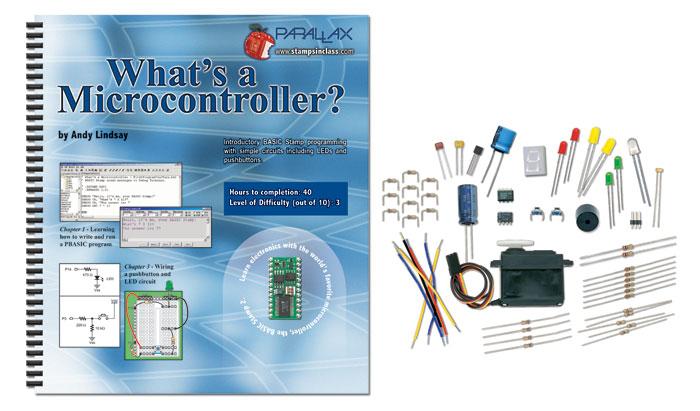
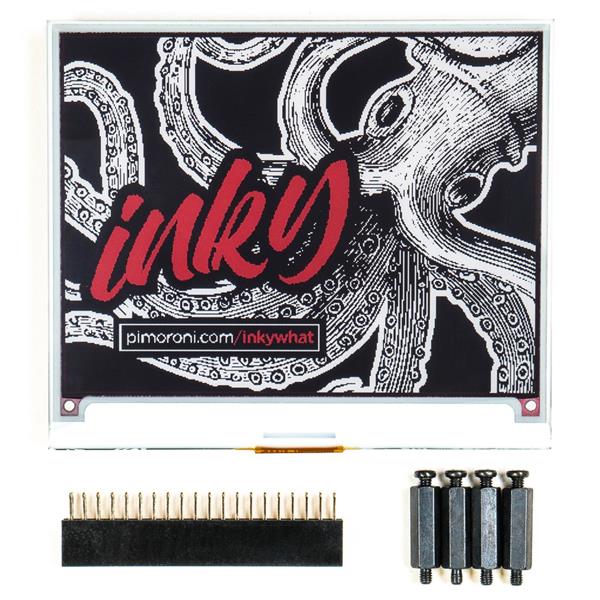
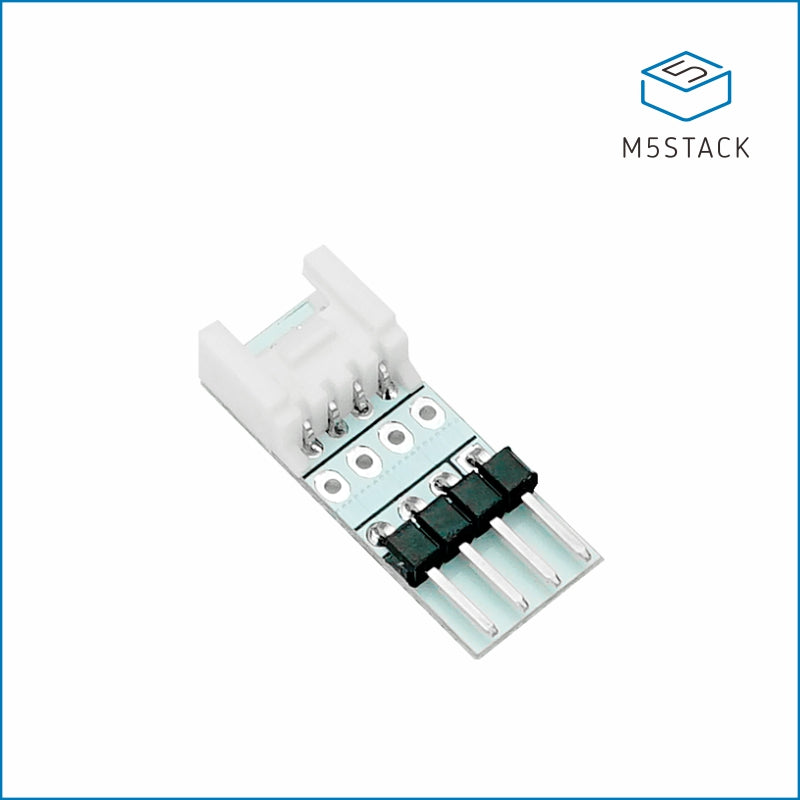
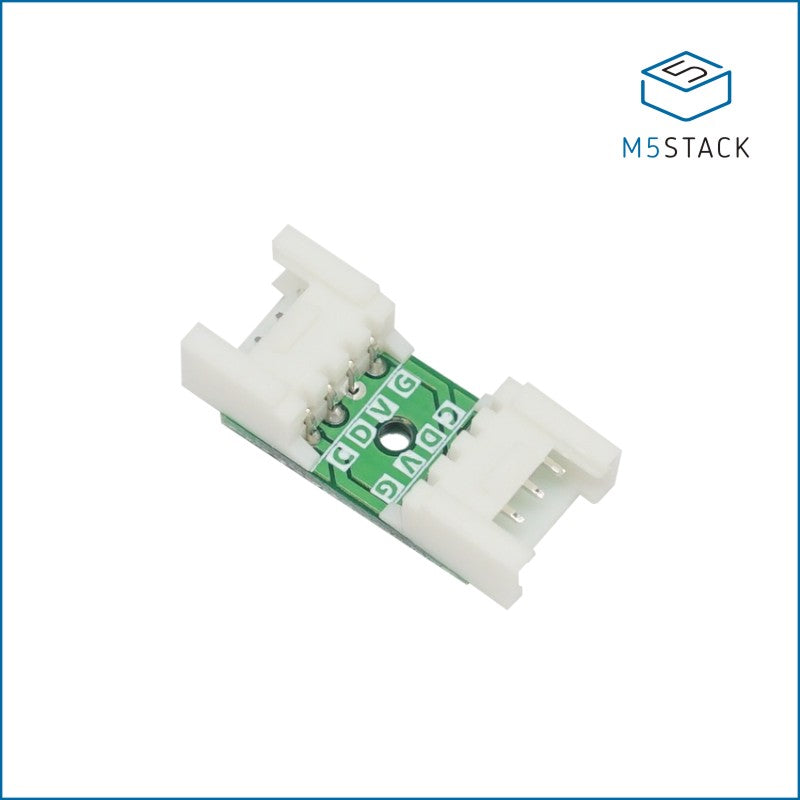
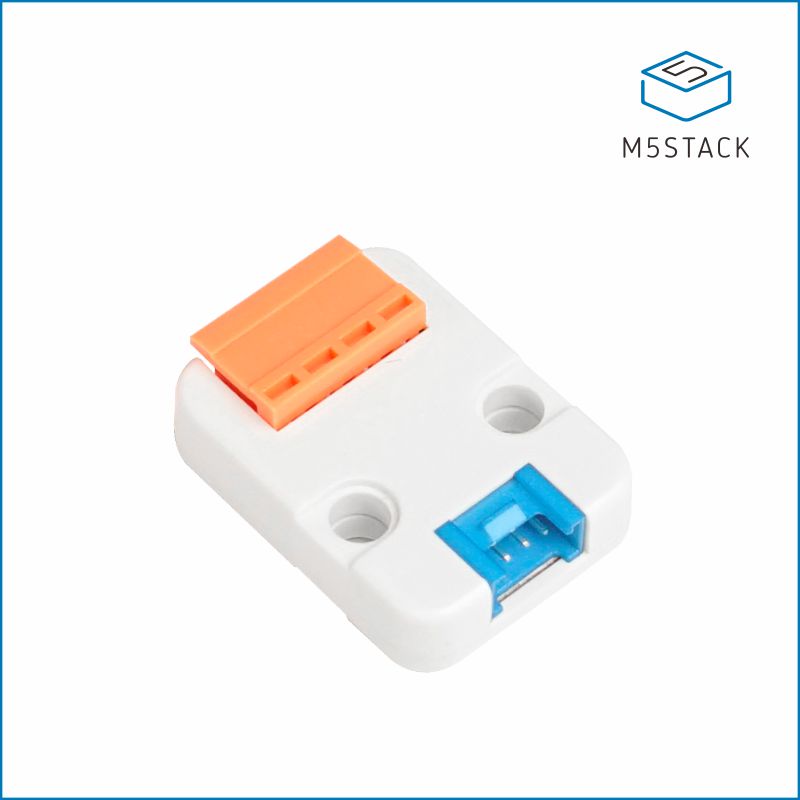
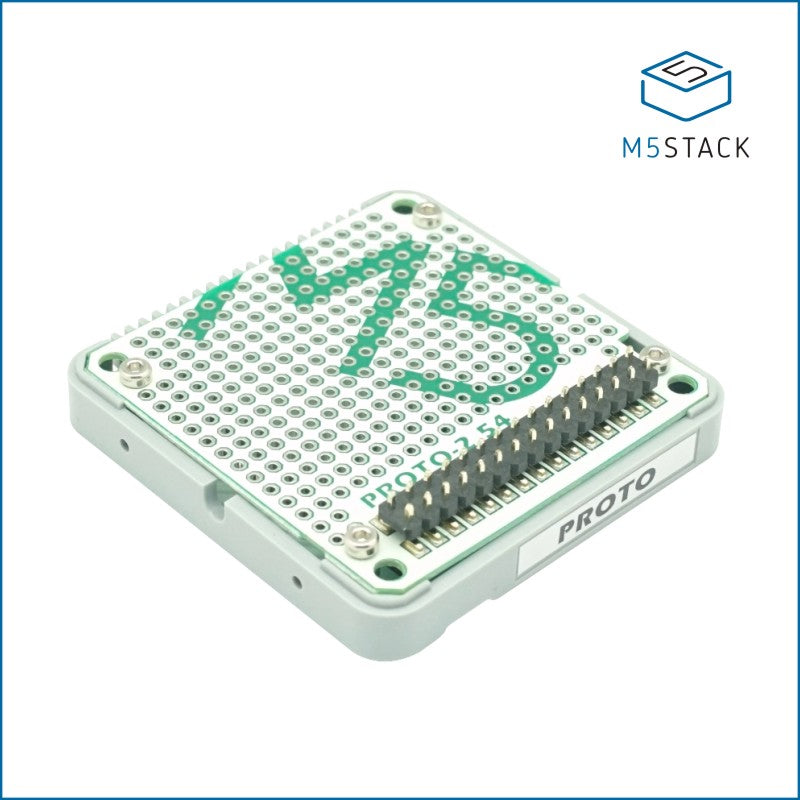
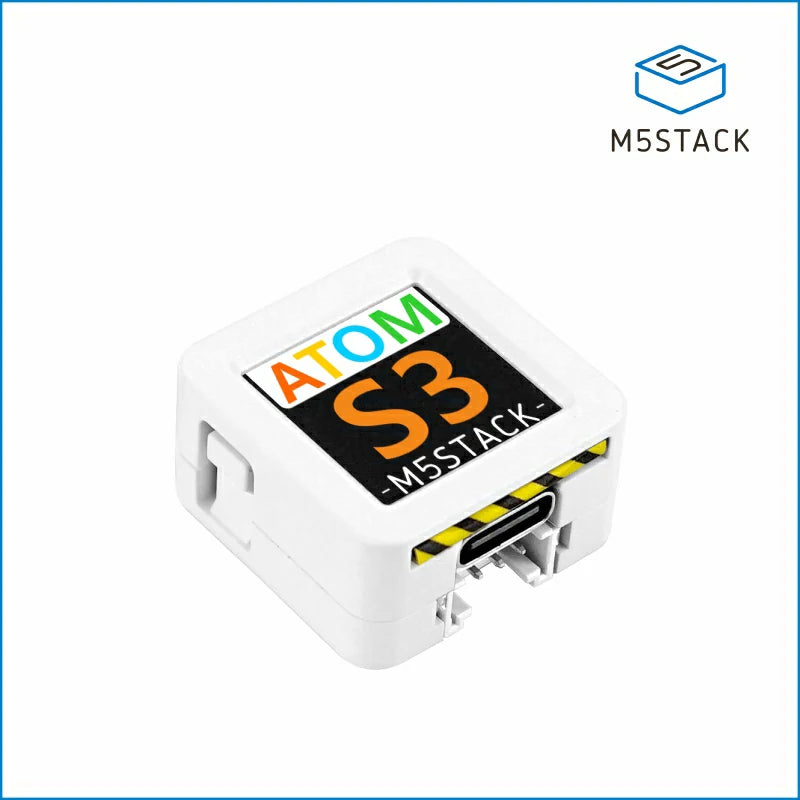
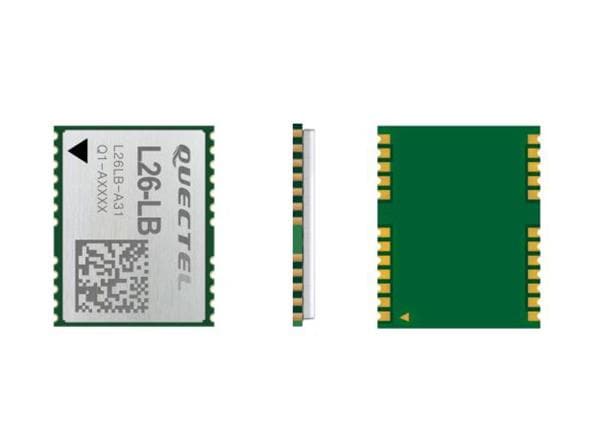
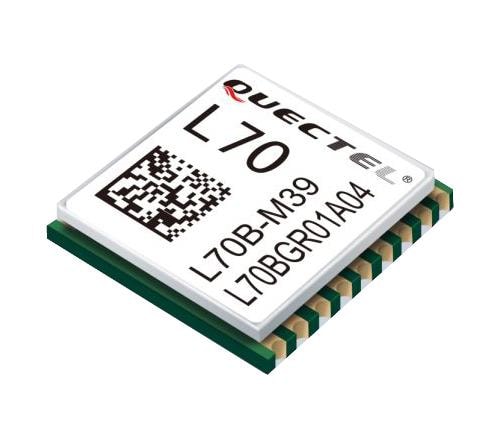
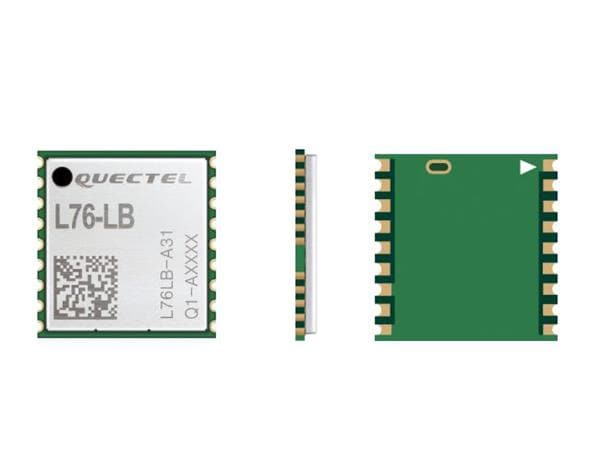
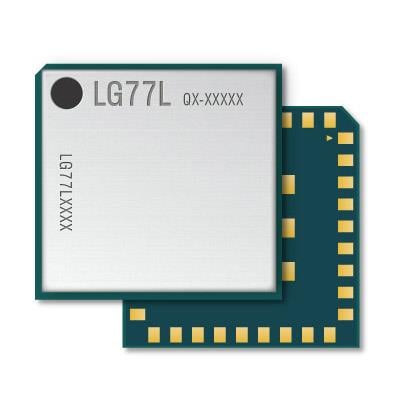
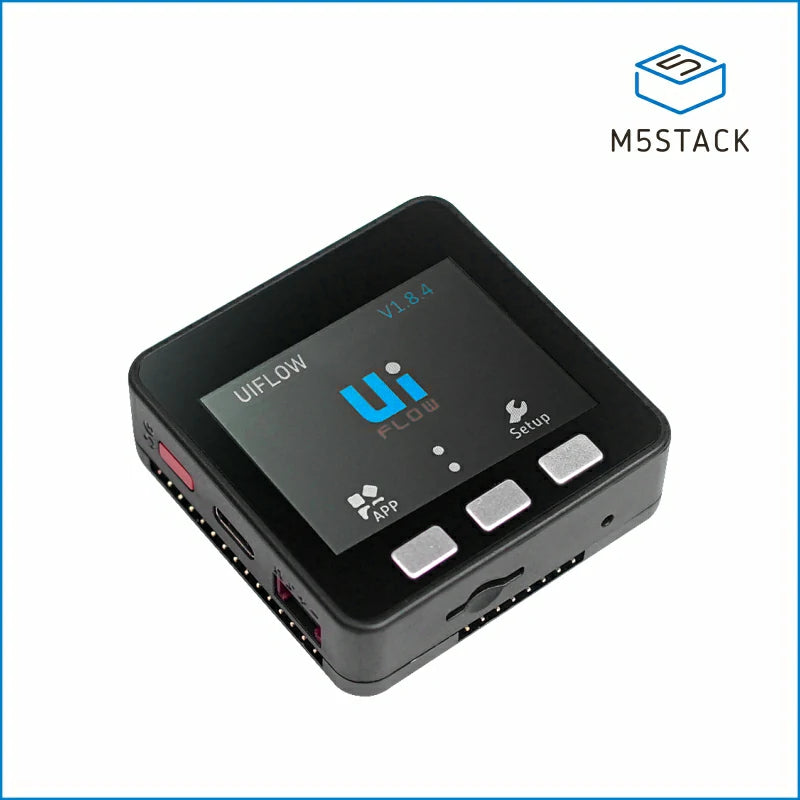
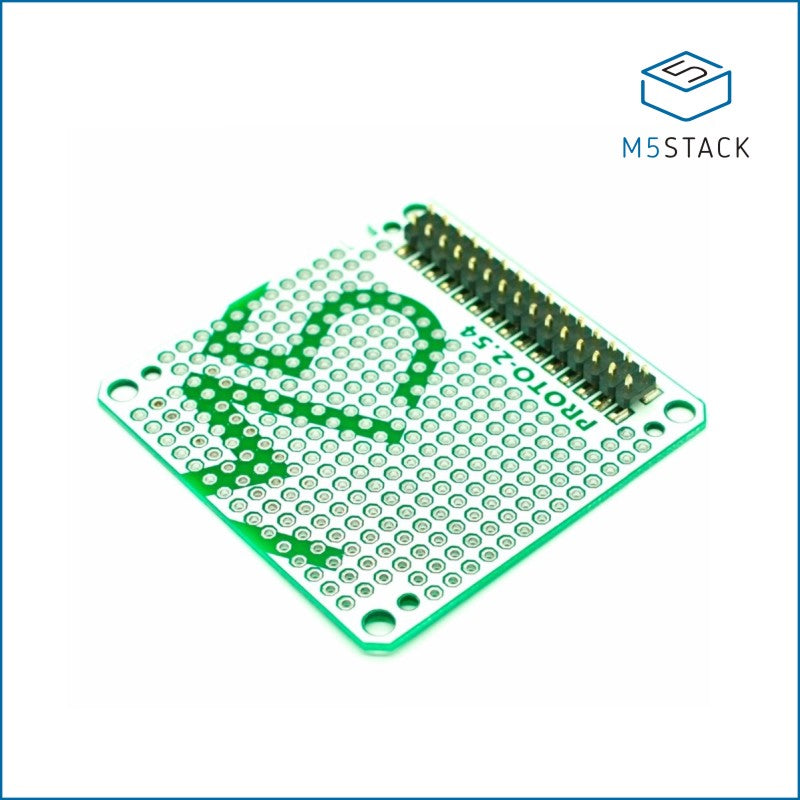
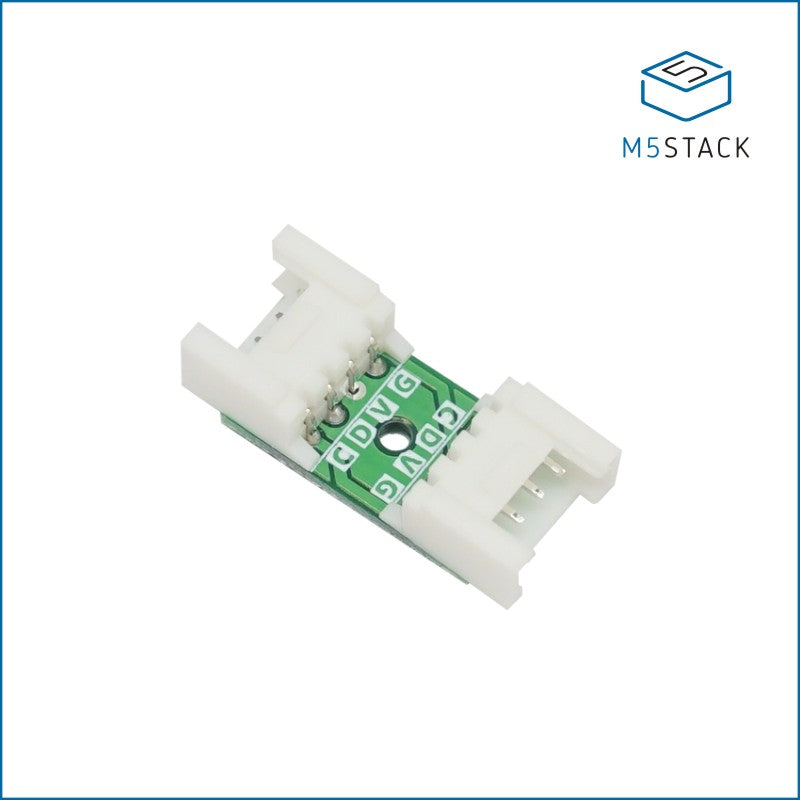
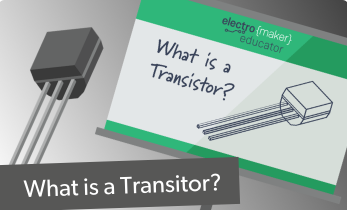
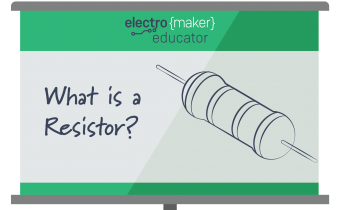
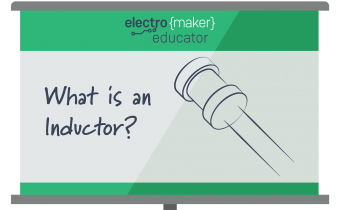
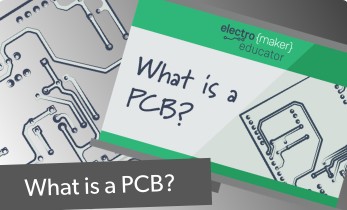
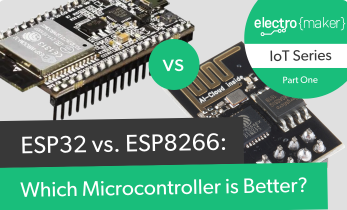

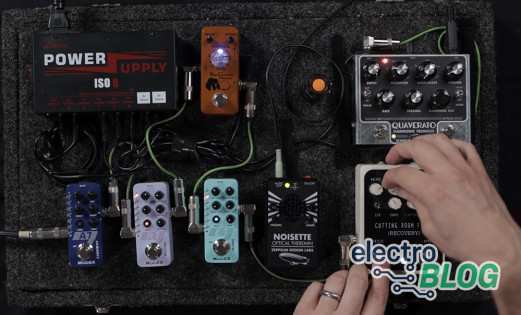
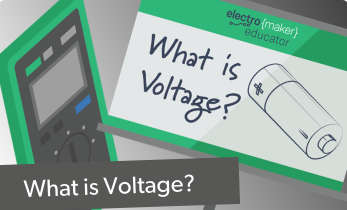

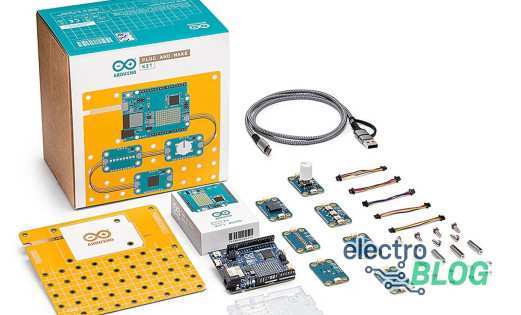






Leave your feedback...